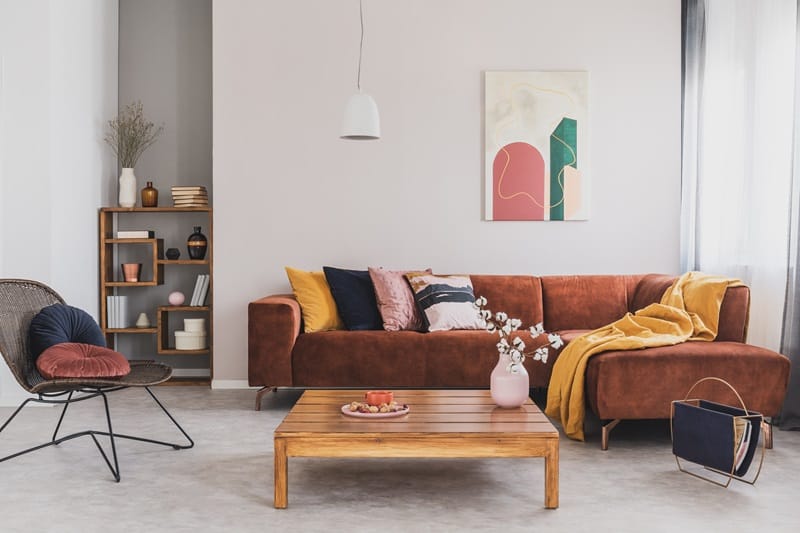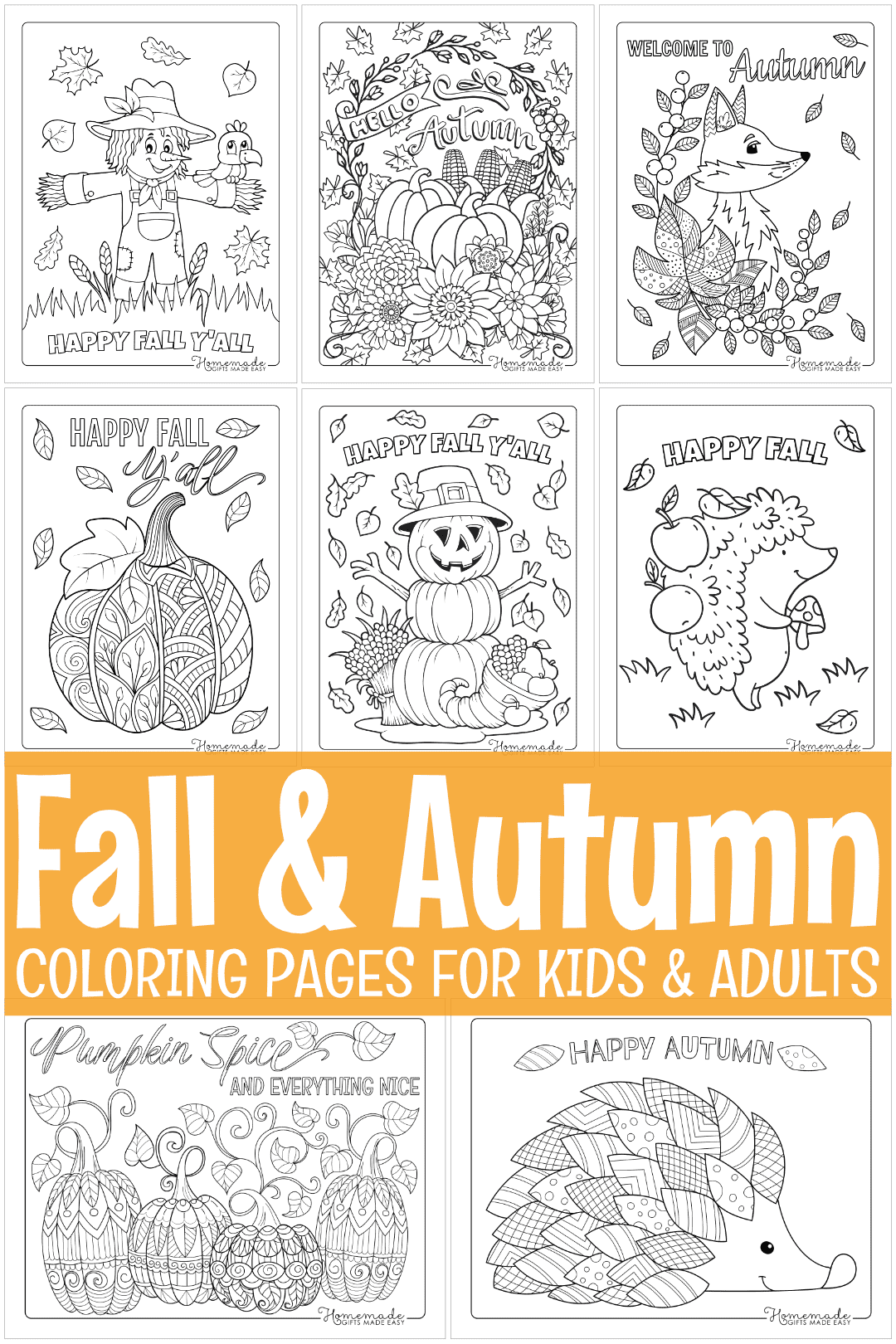Last updated: March 25, 2024
When blended, red and green make brown! Whether you’re working on fine art, crafts, or just playing with paint, mixing red and green can be really fun. I know what you’re thinking — brown isn’t the most exciting color in the crayon box. But it can be!

There are so many different shades and hues you can create by combining red and green. Brown isn’t just for tree trunks and dirt paths. Browns can be found in the golden flecks of a loved one’s eyes, the tinted pages of an old book, or even the tattered leather chair in your favorite coffee shop. Brown is so much more than we can see. It’s representative of a deep feeling of comfort in our souls.
When you mix that perfect ratio of red and green to make the perfect brown for your project, it’s a feeling like no other. Speaking of hues, let’s dive into how red and green make brown and why.
Blending Red and Green |
Troubleshooting Your Brown |
Different Hues and Shades of Brown |
Brown Aesthetics
How Do Red and Green Make Brown?
First, let’s learn a little about the color wheel.
Below, you’ll find a color wheel depicting the primary, secondary, and tertiary colors. However, we particularly want to focus on the combination of complementary colors. Complementary colors combine when colors from opposite sides of the color wheel meet. For example, if you look at the chart, red and green are opposite one another, as are yellow and purple, and orange and blue. All of these combinations create brown.

However, why red and green make brown is actually a little more complicated. It’s about wavelengths! When you mix a primary and a secondary color together, your eye perceives the wavelengths to be brown. However, light complicates things. When you mix red and green lights together, you create yellow light.
Therefore, when we’re looking at the color wheel, we can know based on theory that any color that is opposite another will create a shade of brown. However, there are some particular cases, when this shade veers more toward gray or black.
How Did I End Up with Gray or Black?
That’s not what you signed up for, I know. Sometimes when we mix colors together, we get gray or black. But how on earth does that happen? When you mix all the primary colors — red, blue, and yellow — you end up with a grayscale, which can result in black. But wait, didn’t we just learn that red and green make brown? They’re complementary colors, right? Yes! However, remember that some of the colors that you use may be comprised of other colors that may result in them cancelling each other out.
Because green is comprised of blue and yellow, they might cancel each other out when mixed with red. This also happens when mixing with certain hues of colors. However, don’t be discouraged, this isn’t a frequent occurrence. When you’re searching for paints to mix, make sure to look at which colors may comprise the shade red or green you’re using. Also, congratulations if you managed to make gray or black, make sure to record your findings for future use!
How to Mix Red and Green to Make Different Hues and Shades
It’s time to experiment! Now that we have a basis for how red and green interact, we can start experimenting to make different hues and shades of brown. The first rule is that not all reds and greens are the same! This means that you may not get the same brown every time you mix (especially if you change the red and green you’re mixing with). Don’t panic! Remember that green is a combination of blue and yellow, which each have their own hues as well.
The best course of action is to practice, practice, practice. And if that fails, experiment some more. Browns are a difficult beast to tackle when it comes to mixing paint. Some browns have more red than green, or more green than red.

But what should you do if the brown you made isn’t the right type of brown you need? If you’re looking to make more of a richer brown, perhaps add more yellow or red. If you want to make your brown darker, try adding blue or black. Of course, if you know that you want a darker brown, you can always start with a darker red and darker green base. Or, if you wish to lighten the brown you’ve made, perhaps add white. You can always add more red or green depending on the hue you desire. Again, don’t be afraid to experiment. Get messy!
The Aesthetics of Brown
We’ve talked briefly about how brown is much more than just a representation of nature. We use it for more than just earth and skin tones. When you mix red and green and make that perfect brown for your project, think about what it represents to you. How does it make you feel?
Think about that perfect glass of iced tea on a hot day. That shade of brown transports you to a back porch swing with family. How does that leather chair smell in the coffee shop? The difference in browns can transport you from medieval tavern to post-modern chic. All these hues of browns can really pull you into a different universe. And that’s what brown does.
Interior Decorating with Brown
If you’re decorating your home using brown, you may suddenly realize how many shades there are. Just trying to pair the different types of wood alone can be a little stressful. Don’t panic when deciding on throw pillows, curtains, or blankets, you might choose to pair your brown with other colors.

When pairing brown, you may want to look to complementary colors such as yellows and reds. Or, if you feel like being bold, you may want to pair your browns with contrasting colors such as blue, purple, or teal. You can never go wrong with gold, white, or more severe shades of brown when pairing.
Perhaps you’re using brown as an accent color? Don’t be afraid of using different shades of brown to accent your space. From khaki to mocha, the sky is the limit!
Branding and Brown
When you think of brown, you might think earthy, stable, and reliable. Companies use different shades of brown in their logos to convey these feelings to the customer. For example, khaki screams eco-friendly whereas a rich mahogany makes us think of a cigar lounge or elegance.
Using a proper shade of brown for marketing and branding can make or break a company. But remember, it’s not just about color, it’s about design as well. You wouldn’t use comic sans for a horror book. And much like interior design, you’ll want to complement the brown you use in your branding. Again, don’t be afraid to play around with different shades and complementary colors to achieve that perfect branding.
Art and Design with Brown
We talked about interior design with brown, but don’t forget you can create your own art to fit your space. Can’t find that certain piece that will bring your room together? Grab a canvas and some paint from the local art store and go to town! The best pieces in our homes are the ones that we create for ourselves.

Remember what we’ve learned about how to mix red and green to make brown. Don’t be afraid to mess up. It’s just paint on canvas. If it doesn’t dry the color that you want it to, paint over it and try, try again. That’s the beauty of painting: you can always do it again. We don’t get many do-overs in life, so taking advantage of this with our art is refreshing.
Art can form in any media. You don’t need to be blending oils with a palette knife to be making art. If you’re feeling bold, try painting a wall to refresh your space! It doesn’t have to be a solid brown accent wall either. It’s your space, paint that landscape! Find the brown that makes your soul happy and place it everywhere you can!
Practice Your Deep Brown Tones on Cozy Fall Coloring Pages
Mixing brown from red and green isn’t just for the refined arts. You can practice it on all of your crafts and coloring sheets. Try using crayons, markers, or colored pencils to achieve many of these gorgeously emotional brown tones. These autumn-themed and fall coloring pages are full of fallen leaves and cozy imagery perfect for practicing your brown blends.
What Other Colors Can I Mix?
Red and Blue Make Purple
Mixing Blue and Pink
Green and Yellow Make
Blue and Green Make
Pink and Green Make
What Does Orange and Blue Make?
Red and Green Make Brown





